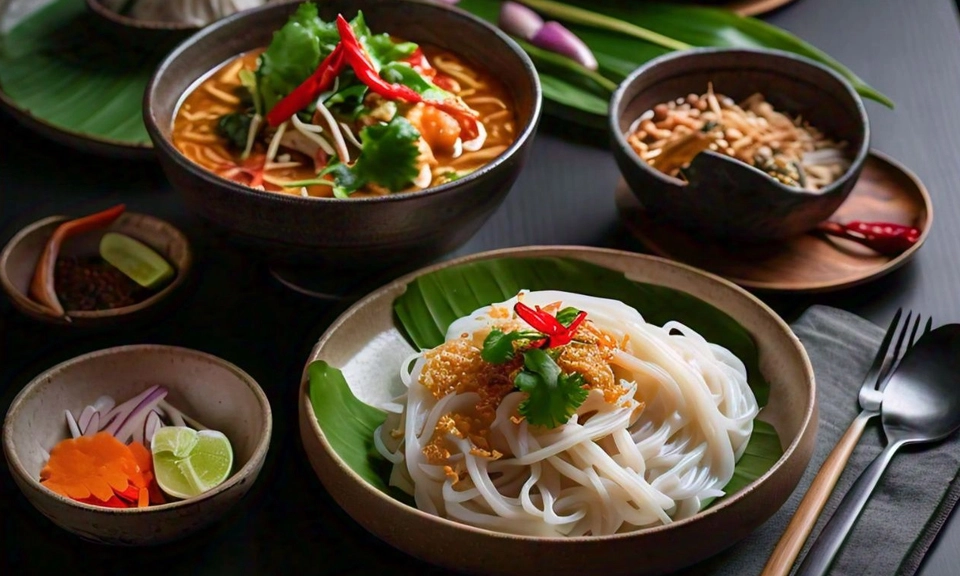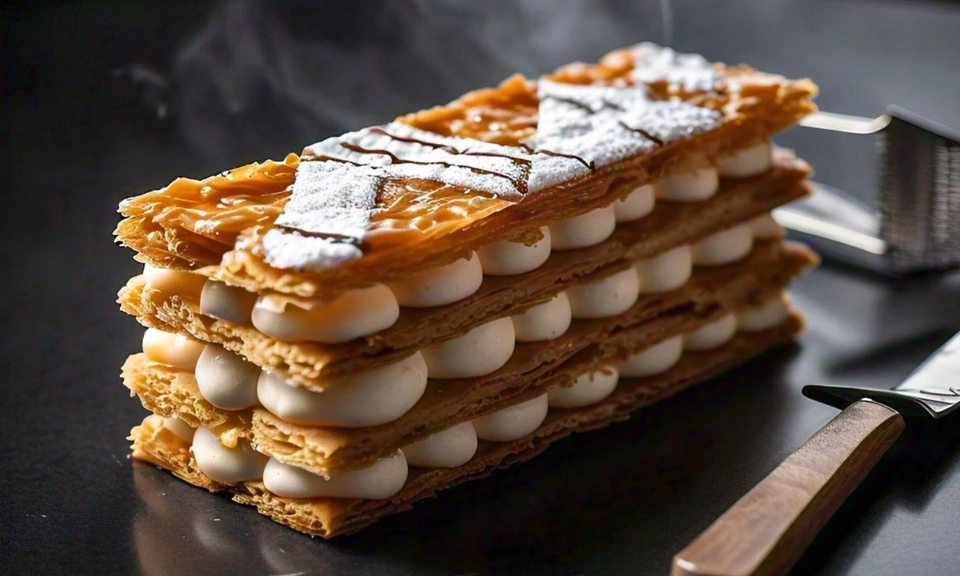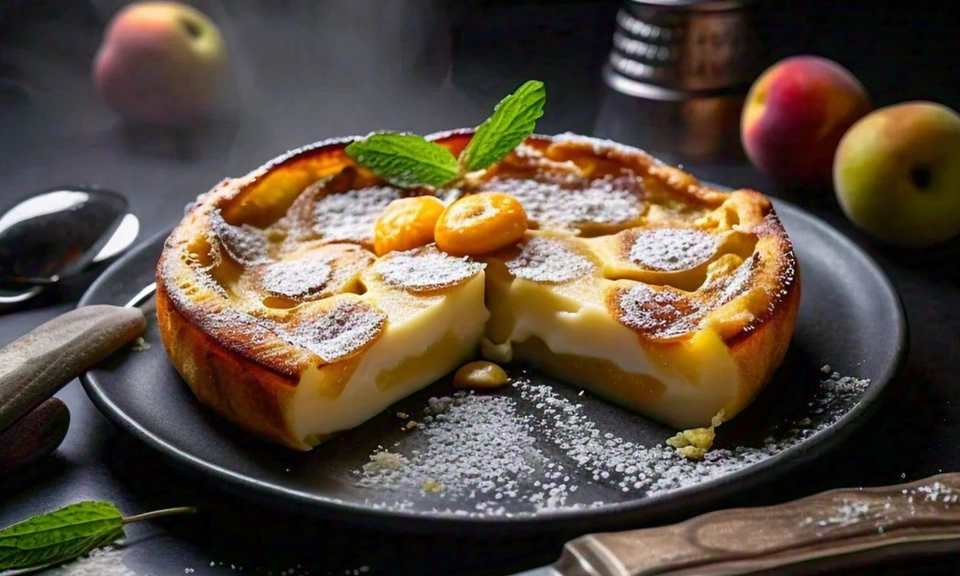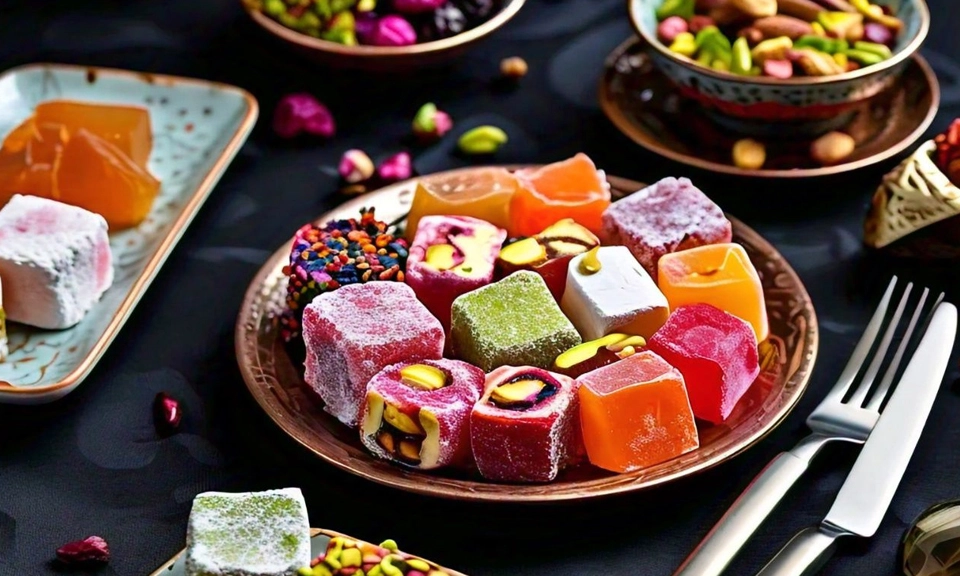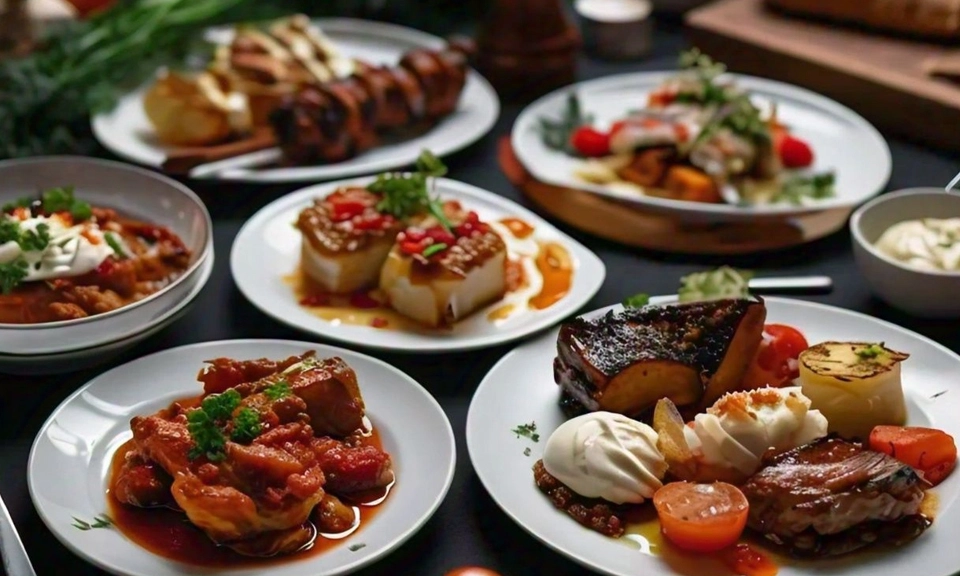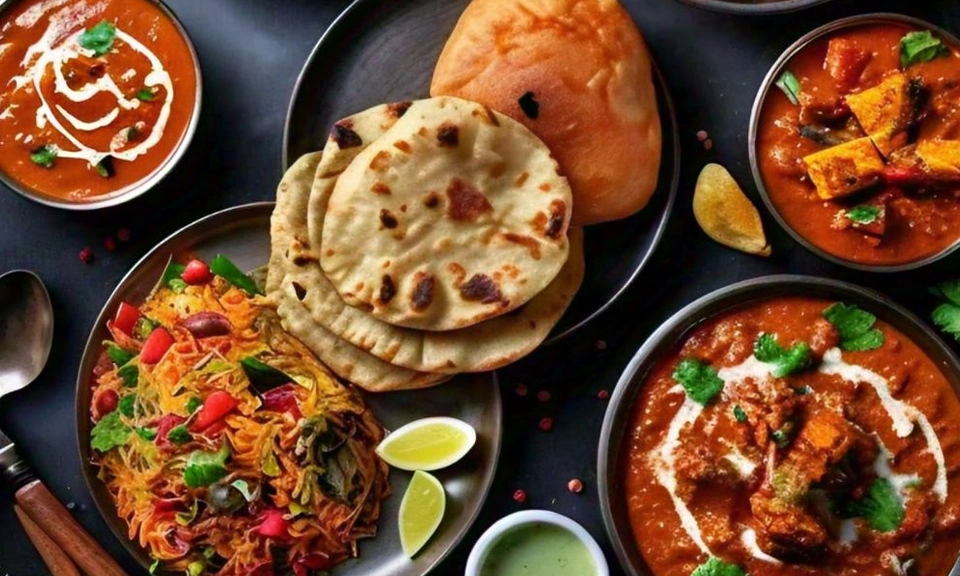A Step-by-Step Guide
Introduction
Korma is a quintessential dish in Pakistani cuisine, celebrated for its rich, aromatic, and creamy flavor profile. This dish is often the centerpiece of festive meals and special occasions, showcasing a harmonious blend of spices, tender meat, and a luscious yogurt-based sauce. In this comprehensive guide, you’ll learn how to prepare an authentic Pakistani Korma that is sure to impress your family and guests. With detailed instructions and expert tips, you’ll be able to create a Korma that’s rich, flavorful, and true to its traditional roots.
Ingredients
- 1 kg of mutton or chicken (cut into medium-sized pieces)
- 2 large onions (thinly sliced)
- 1 cup yogurt (whisked until smooth)
- 4 tablespoons ghee or cooking oil
- 1 tablespoon ginger-garlic paste
- 2 teaspoons red chili powder
- 1 teaspoon turmeric powder
- 1 teaspoon coriander powder
- 1 teaspoon cumin seeds
- 4-5 green cardamoms
- 2-3 black cardamoms
- 4-5 cloves
- 2-inch cinnamon stick
- 2 bay leaves
- 1/2 teaspoon garam masala powder
- Salt to taste
- Fresh coriander leaves for garnish
Preparing the Korma Base
- Frying the Onions
- Heat ghee or oil in a large pot over medium heat. Add the thinly sliced onions and fry them until they are golden brown and crispy. This step is crucial for achieving the depth of flavor that is characteristic of Korma. Remove the onions from the pot and set aside. These fried onions will be blended into the gravy later to add richness and texture.
- Tempering the Spices
- In the same pot, add cumin seeds, green cardamoms, black cardamoms, cloves, cinnamon stick, and bay leaves. Sauté the spices for about a minute until they release their aromatic flavors. This tempering process infuses the Korma with a deep, spicy essence that forms the foundation of the dish’s flavor profile.
- Cooking the Meat
- Add the meat pieces to the pot and cook them on medium-high heat until they are browned on all sides. Browning the meat adds a rich, caramelized flavor that enhances the overall taste of the Korma. Ensure the meat is well-seared to lock in the juices.
- Adding Ginger-Garlic Paste
- Mix in the ginger-garlic paste and cook for another 2-3 minutes until the raw smell disappears. The ginger and garlic contribute a robust flavor that complements the spices and enriches the Korma.
Creating the Rich Korma Gravy
- Spicing the Curry
- Lower the heat and add red chili powder, turmeric powder, and coriander powder. Stir well to coat the meat evenly with the spices. These spices provide the vibrant color and balanced heat that are essential to a delicious Korma.
- Incorporating Yogurt
- Gradually add the whisked yogurt to the pot, stirring continuously to prevent it from curdling. The yogurt is key to creating a creamy, luscious sauce that envelopes the meat. Cook for 5-7 minutes until the oil starts to separate from the gravy, indicating that the sauce is well-cooked.
- Blending in Fried Onions
- Crush the fried onions and mix them into the Korma gravy. The onions add a deep, caramelized flavor and help thicken the sauce. Ensure that the onions are thoroughly blended into the gravy for a smooth texture.
- Slow Cooking the Korma
- Cover the pot with a lid and let the Korma simmer on low heat for 30-40 minutes. This slow cooking process allows the meat to become tender and the flavors to meld together perfectly. Stir occasionally to prevent the gravy from sticking to the bottom of the pot.
Final Touches
- Adding Garam Masala
- Sprinkle garam masala powder over the Korma and stir it in. Garam masala adds warmth and complexity to the dish, enhancing the overall flavor profile. Adjust the seasoning with salt if necessary.
- Garnishing
- Garnish the Korma with freshly chopped coriander leaves before serving. The coriander adds a fresh, herbaceous note that contrasts beautifully with the rich, spicy gravy.
Serving Suggestions
Korma pairs excellently with naan, roti, or steamed basmati rice. The soft bread or fluffy rice complements the creamy sauce and tender meat, making for a satisfying and well-rounded meal. You can also serve it with a side of pickles and raita to balance the spices and add a refreshing touch.

4o mini

Conclusion
This authentic Pakistani Korma recipe brings together the rich flavors and traditional techniques that make this dish a beloved staple in Pakistani cuisine. By following these detailed instructions, you’ll create a Qorma that’s not only delicious but also a true representation of Pakistani culinary heritage. Perfect for special occasions or a comforting family meal, this Qorma is sure to be a hit at your table.
find more recipe to visit here: ohitsyummy.com
Latest Recipes
Tags
A quick overview of the topics covered in this article.

